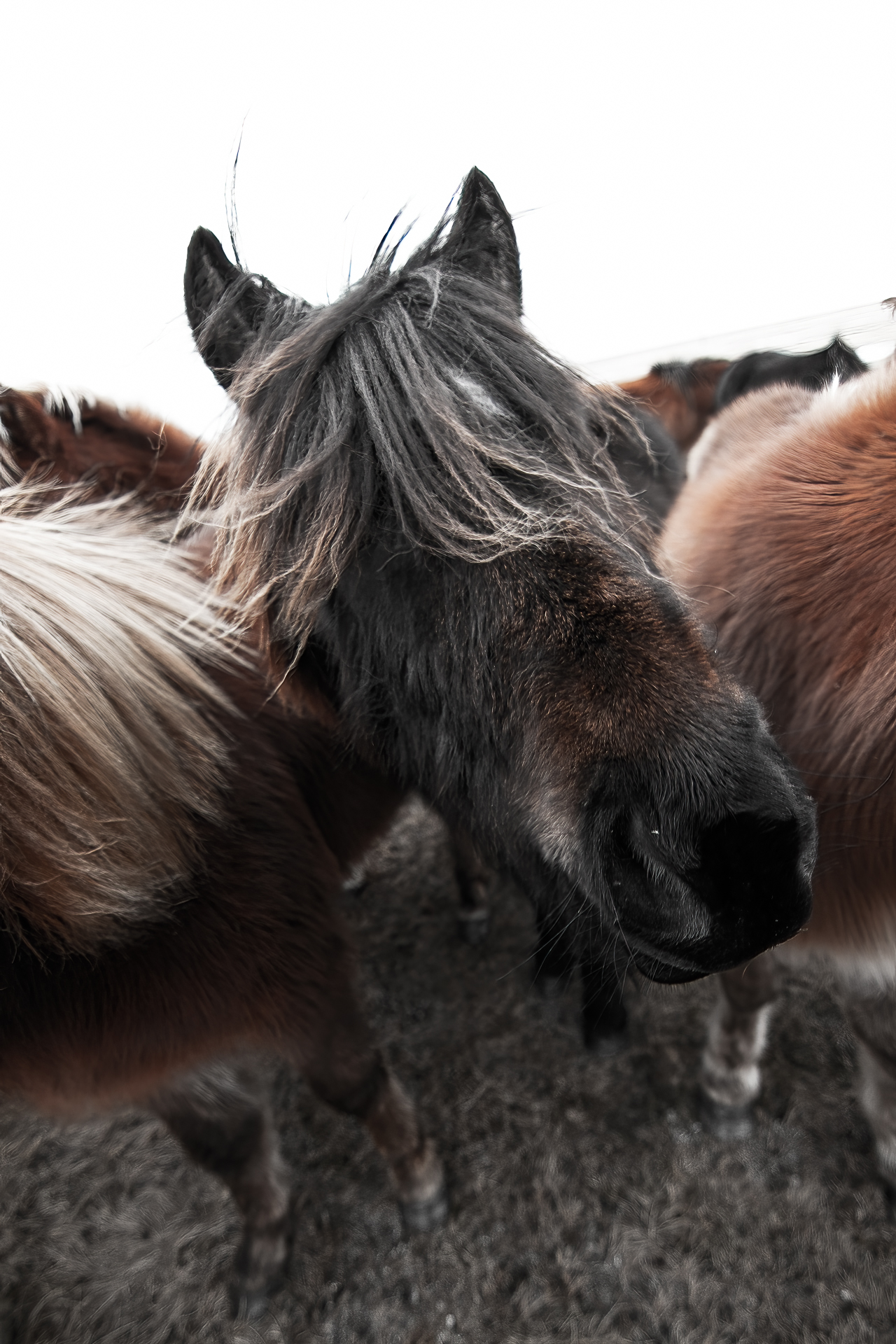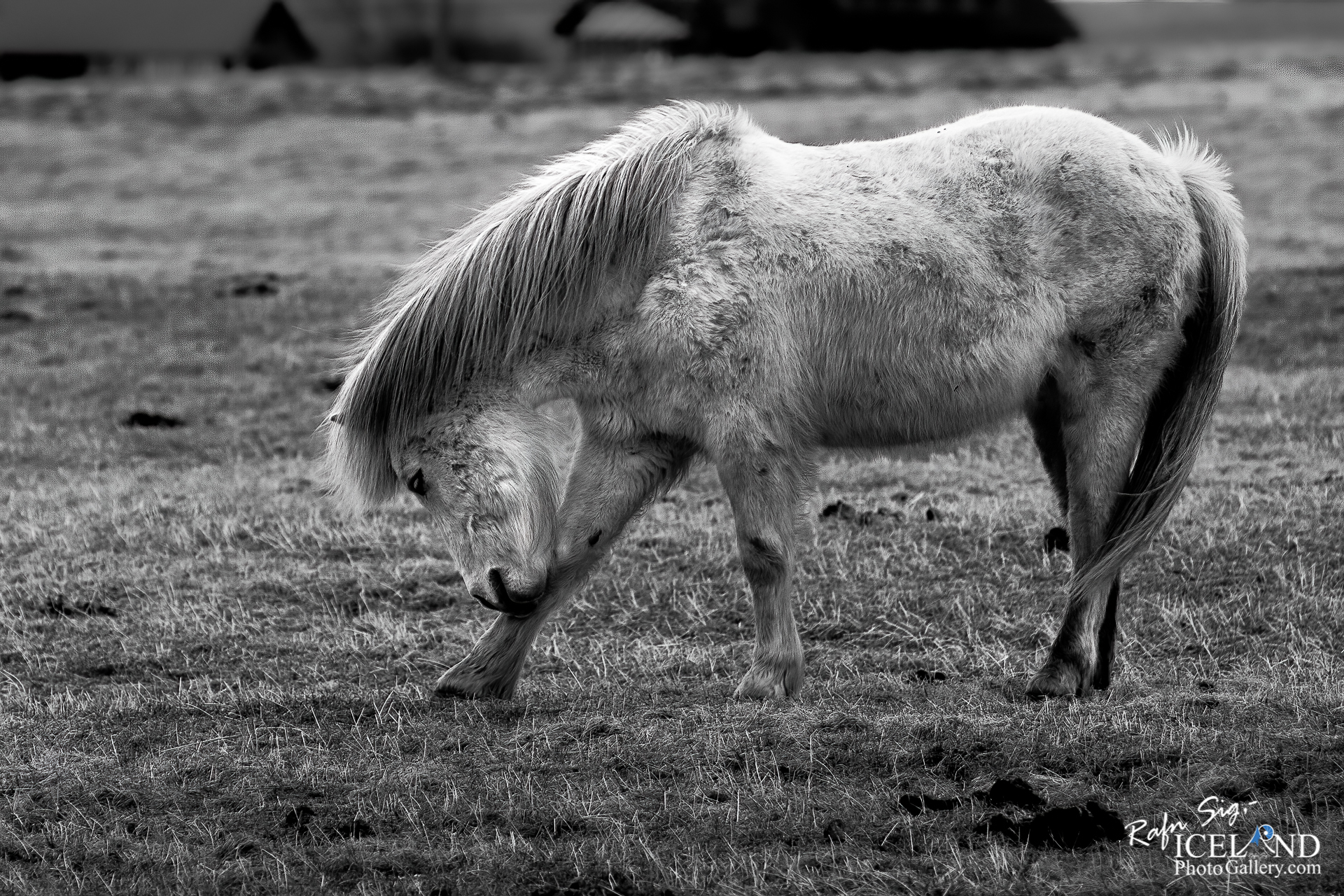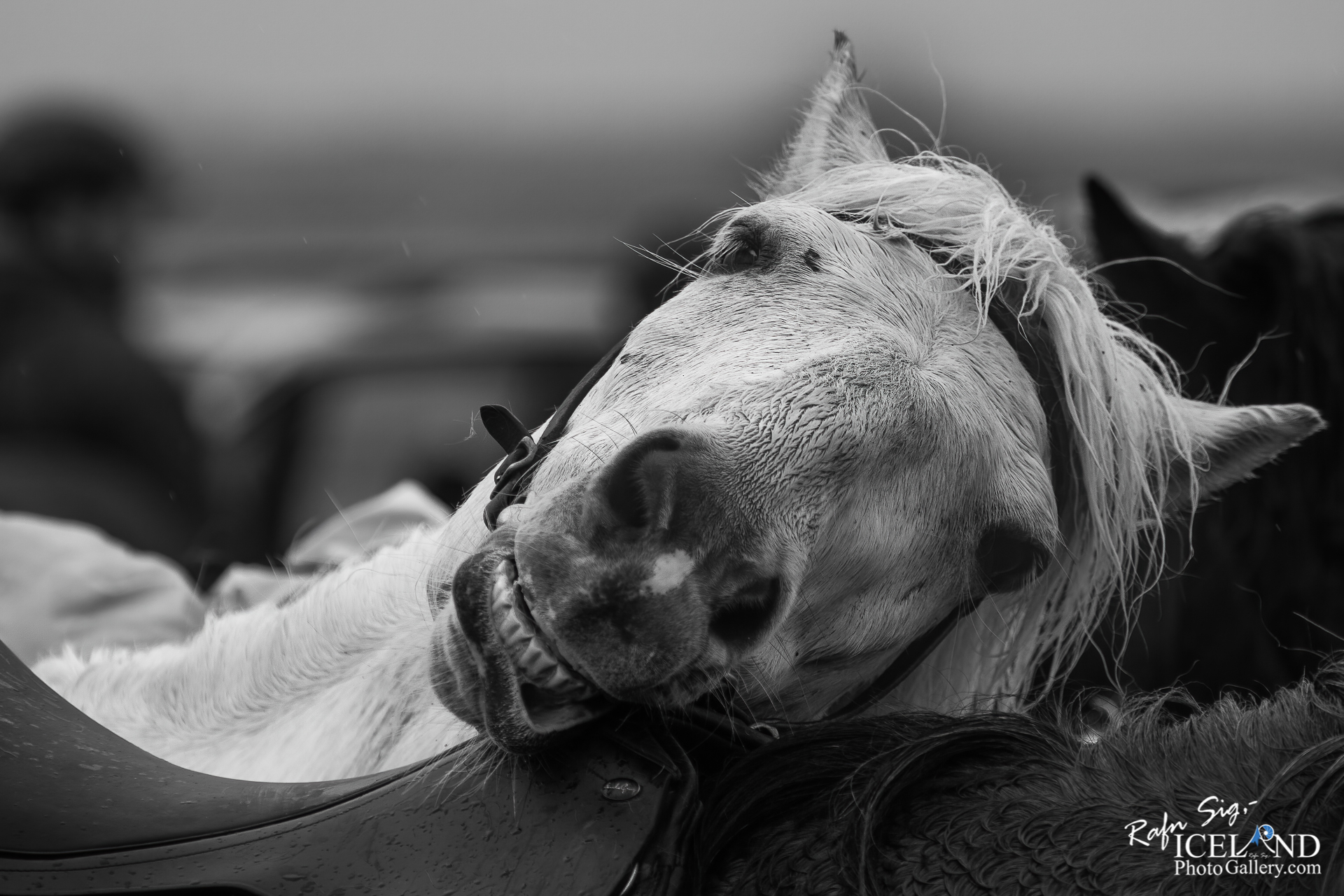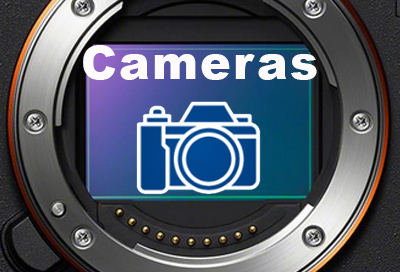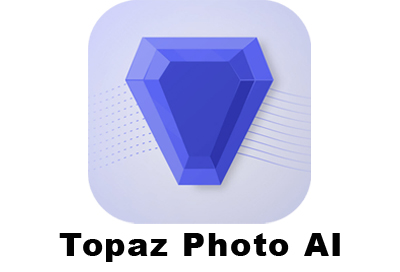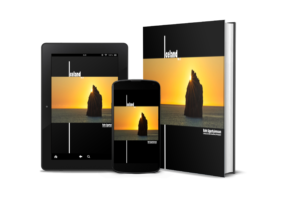2023-08-21
Íslenski Hesturinn (Icelandic horse) │ Iceland Photo Gallery
Documenting Iceland
by: Rafn Sig,-
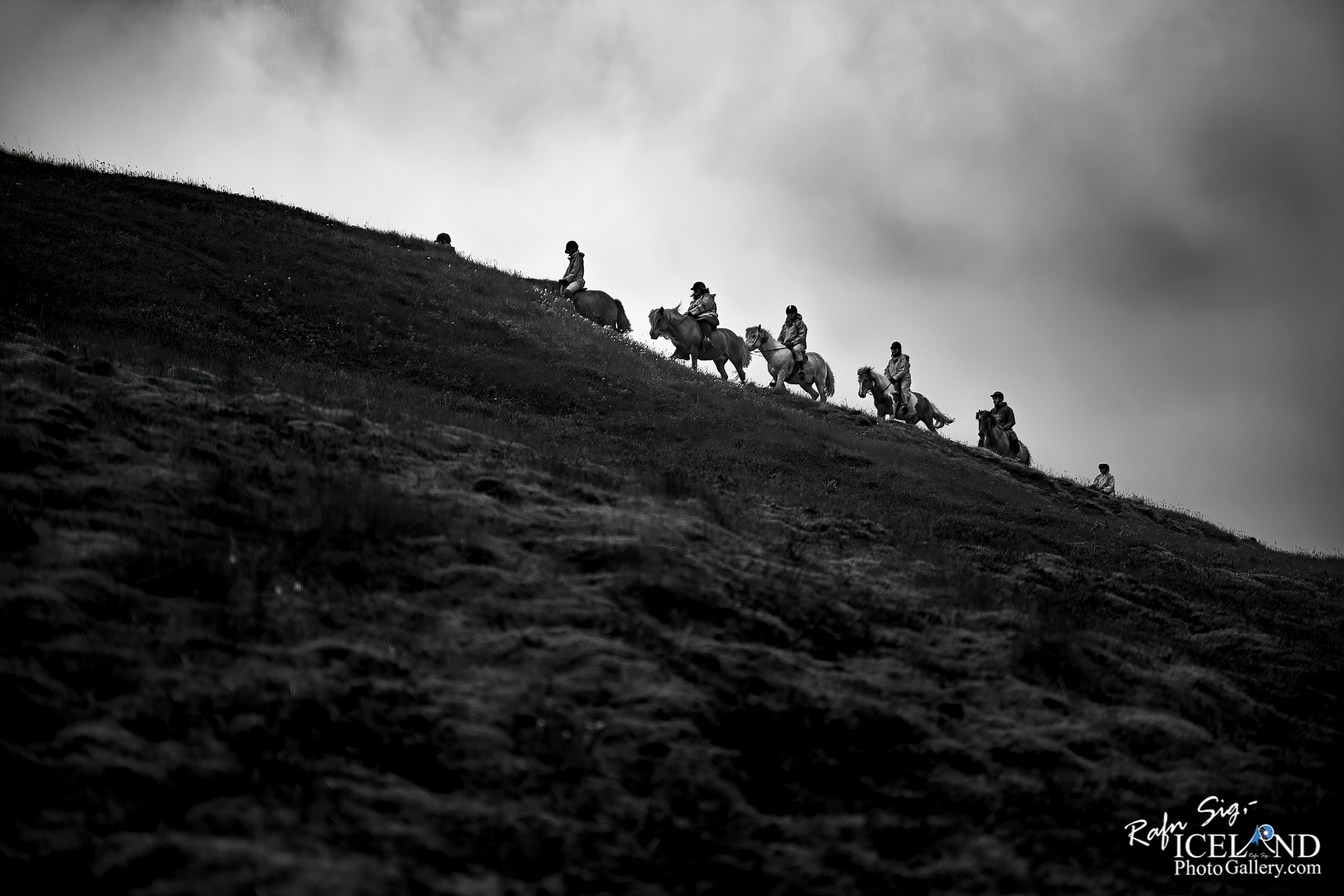
Íslenski hesturinn er hestakyn sem er skylt norska lynghestinum og er af mongólskum uppruna. Víkingar fluttu með sér meðal annars skandinavíska hesta þegar þeir settust að á Íslandi fyrir meira en 1000 árum síðan.
Íslenski hesturinn er ekki hár í loftinu miðað við mörg önnur hestakyn en aftur á móti er hann óvenju sterkbyggður, heilsuhraustur, þrautseigur og veðurþolinn. Íslenski hesturinn státar af jafnaðargeði og vingjarnlegu eðlisfari og fyrir það hefur hann aflað sér mikillar aðdáunar. Aftur á móti getur hann verið þrjóskari og óþekkari en aðrar hestategundir, enda ræktaður með það í huga að selflytja fólk, sem kann ekki á hesta og verður því að vita sjálfur betur en knapinn hvað rétt sé og hvert ferðinni sé heitið.
The Icelandic horse (Icelandic: íslenski hesturinn [ˈistlɛnscɪ ˈhɛstʏrɪn]) is a breed of horse developed in Iceland. Although the horses are small, at times pony-sized, most registries for the Icelandic refer to it as a horse. Icelandic horses are long-lived and hardy. In their native country they have few diseases; Icelandic law prevents horses from being imported into the country and exported animals are not allowed to return. In addition to the gaits of walk, trot, and canter/gallop typical of other horse breeds, many Icelandic horses can also do the tölt and the flying pace. The only breed of horse in Iceland, they are also popular internationally, and sizable populations exist in Europe and North America. The breed is still used for traditional sheepherding work in its native country, as well as for leisure, showing, and racing.
Algengt er að íslenski hross nái 25 til 27 vetra aldri án heilsubrests, en þau getur orðið yfir 30 vetra. Hestar eru félagsverur og vilja vera á beit með öðrum hestum. Íslenskir hestar gera ekki miklar kröfur til fóðurs eða húsaskjóls. Innflutningur hesta til landsins er bannaður vegna sóttvarna og hefur íslenski hesturinn verið einangraður í langan tíma og þróast frá landnámi Íslands.
Developed from ponies taken to Iceland by Norse settlers in the 9th and 10th centuries, the breed is mentioned in literature and historical records throughout Icelandic history; the first reference to a named horse appears in the 12th century. Horses were venerated in Germanic religion, a custom brought to Iceland by the country’s earliest settlers. Selective breeding over the centuries has developed the breed into its current form. Natural selection has also played a role, as the harsh Icelandic climate eliminated many horses through exposure and malnourishment. In the 1780s, much of the breed was wiped out in the aftermath of a volcanic eruption at Laki. The first breed society for the Icelandic horse was created in Iceland in 1904, and today the breed is represented by organizations in 19 different nations, organized under a parent association, the International Federation of Icelandic Horse Associations.
– 0 –
Viltu styrkja þessa síðu?
Vefsíðan Iceland Photo Gallery er unnin í sjálfboðavinnu. Ef þú hefur áhuga á að styrkja þetta framtak til áframhaldandi uppbyggingar er hægt að leggja inn á:
Reikningsnr.: 0101-26-013169
Kennitala: 310155-4469



